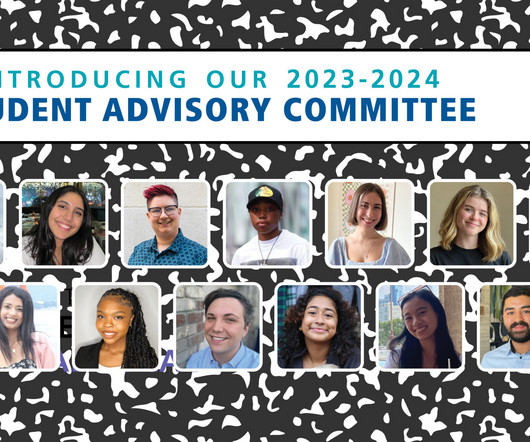Community Colleges’ Essential Role in Workforce Development
Timely MD
MAY 9, 2023
How community colleges create opportunities for underserved populations Community colleges are particularly important resources for low-income students— 58% of community college students have low-income backgrounds compared with 42% of students at private four-year colleges.











Let's personalize your content